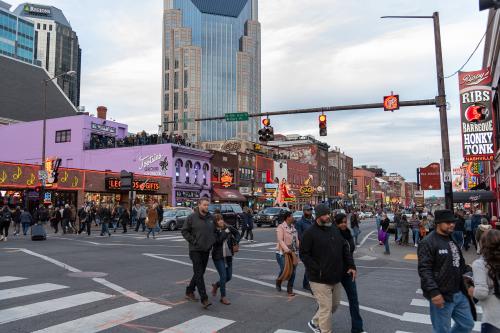Economic success enables households and businesses to move to higher-valued real estate. That movement, which is directed mainly toward newer and larger properties, may be the most important force operating in metropolitan areas, but urban public policy has taken little account of it. For most movers, options for moving up are located primarily farther out from the area’s center. As moves occur, the supply of real estate changes. New structures are built and existing structures age: most deteriorate, become obsolete, fall out of fashion and “filter down” in value, a process that ultimately results in abandonment and demolition. Deterioration and decline are already beginning to appear in some older suburbs. This model of metropolitan dynamics probably applies most closely to Midwest locations and may be less applicable in other regions of the country, particularly rapidly growing areas in the Southwest and South. This paper describes the cycle of housing movement in metropolitan areas, the role that public policy has played in supporting this cycle, and the ways in which policy alternatives can help improve metropolitan growth dynamics and strengthen urban core communities.

Housing
ADUs could expand the affordable housing toolkit—if local governments can work through some growing pains
